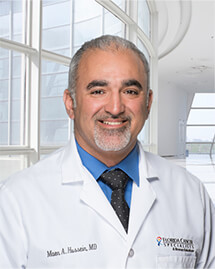Mindfulness and Tai Chi for Cancer Health (MATCH) Study: Primary Outcomes of a Preference-Based Multisite Randomized Comparative Effectiveness Trial
The MATCH study was a large, pragmatic, preference-based, multisite RCT comparing Mindfulness-Based Cancer Recovery (MBCR) and Tai Chi/Qigong (TCQ) in distressed cancer survivors. Both MBCR and TCQ significantly improved mood disturbance (POMS TMD) compared to waitlist, with the largest effect size for MBCR vs waitlist (0.44) and a significant reduction for TCQ vs waitlist (estimate –5.13; 95% CI, –9.44 to –1.23; P = .01). MBCR had the greatest impact on tension, anger, and vigor, while TCQ was most effective for anger, depression, and vigor; subgroup analysis showed women benefited more from MBCR, and younger or advanced-stage patients benefited more from TCQ. In short, both MBCR and TCQ are viable, evidence-based options for improving mood in our cancer survivors, and it doesn’t seem to matter whether patients choose their intervention or are randomized—everyone does better than waitlist. These are probably underutilized in our communities and more widely available than appreciated.
